Rhododendrons at my new house not looking good.
rswcpa
14 years ago
Related Stories
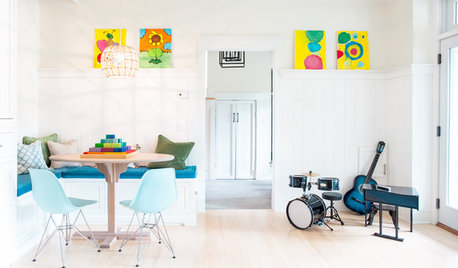
KIDS’ SPACESHow to Create a Play Area That Looks Good Too
Learn 10 ways to give your kids' playspace some style without sacrificing any of the fun
Full Story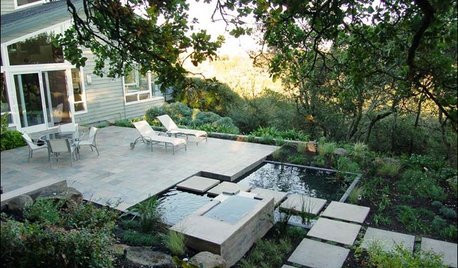
LANDSCAPE DESIGNHow to Look Good From Any Angle (the Garden Edition)
Does your garden pique interest from one vista but fall flat from another? These tips and case-study landscapes can help
Full Story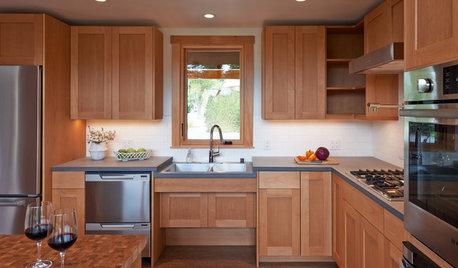
UNIVERSAL DESIGNKitchen of the Week: Good Looking and Accessible to All
Universal design features and sustainable products create a beautiful, user-friendly kitchen that works for a homeowner on wheels
Full Story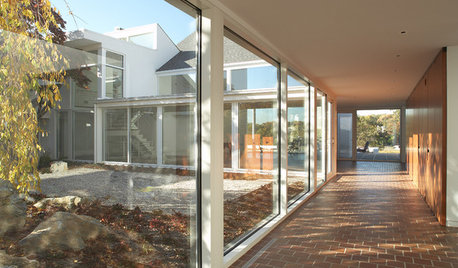
GREAT HOME PROJECTSUpdate Your Windows for Good Looks, Efficiency and a Better View
Great home project: Replace your windows for enhanced style and function. Learn the types, materials and relative costs here
Full Story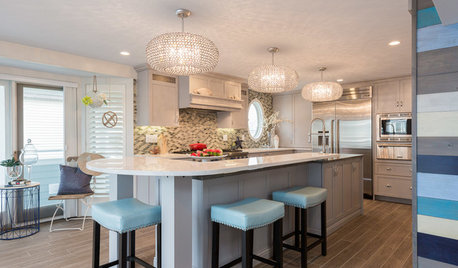
KITCHEN OF THE WEEKKitchen of the Week: Beachy Good Looks and a Layout for Fun
A New Hampshire summer home’s kitchen gets an update with a hardworking island, better flow and coastal colors
Full Story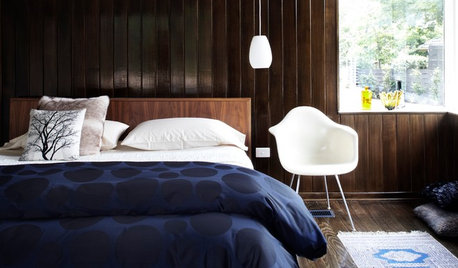
SHOP HOUZZShop Houzz: Seats That Look Good Everywhere
Versatile chairs and stools in every style that move where you want them to
Full Story0
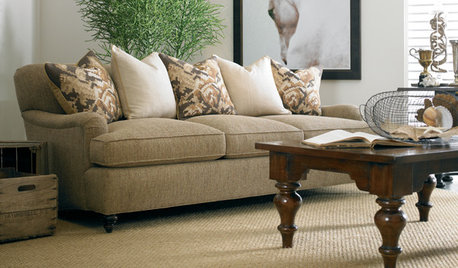
FURNITUREHow to Keep Your Upholstery Looking Good
You wouldn't expect your car to maintain itself. Show your sofa and chairs the same courtesy with this 3-part strategy
Full Story
NATIVE PLANTS5 Ways to Keep Your Native Plant Garden Looking Good All Year
It’s all about planning ahead, using sustainable practices and accepting plants as living organisms
Full Story
MORE ROOMSHome Tech: Speakers Matter (and Can Look Good, Too)
See why high style and high fidelity needn't be mutually exclusive
Full Story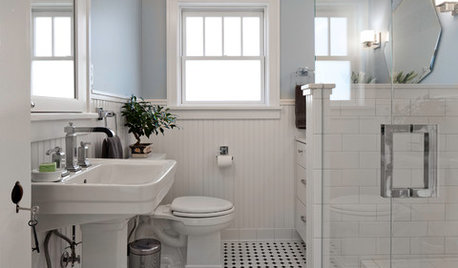
BATHROOM MAKEOVERSRoom of the Day: Craftsman Bathroom Gets Its Good Looks Back
A bathroom renovation in a century-old home combines era-appropriate style with updated touches
Full Story





luis_pr
Wayne Reibold
Related Professionals
Lake Oswego Landscape Architects & Landscape Designers · Lakewood Landscape Architects & Landscape Designers · Severn Landscape Architects & Landscape Designers · Anderson Landscape Contractors · Goodyear Landscape Contractors · Milford Landscape Contractors · Blue Springs Landscape Contractors · Elmhurst Landscape Contractors · Fuquay-Varina Landscape Contractors · Galveston Landscape Contractors · Hayden Landscape Contractors · La Verne Landscape Contractors · Mendota Heights Landscape Contractors · Middle River Landscape Contractors · East Norriton Landscape Contractorsmorz8 - Washington Coast
rhodyman